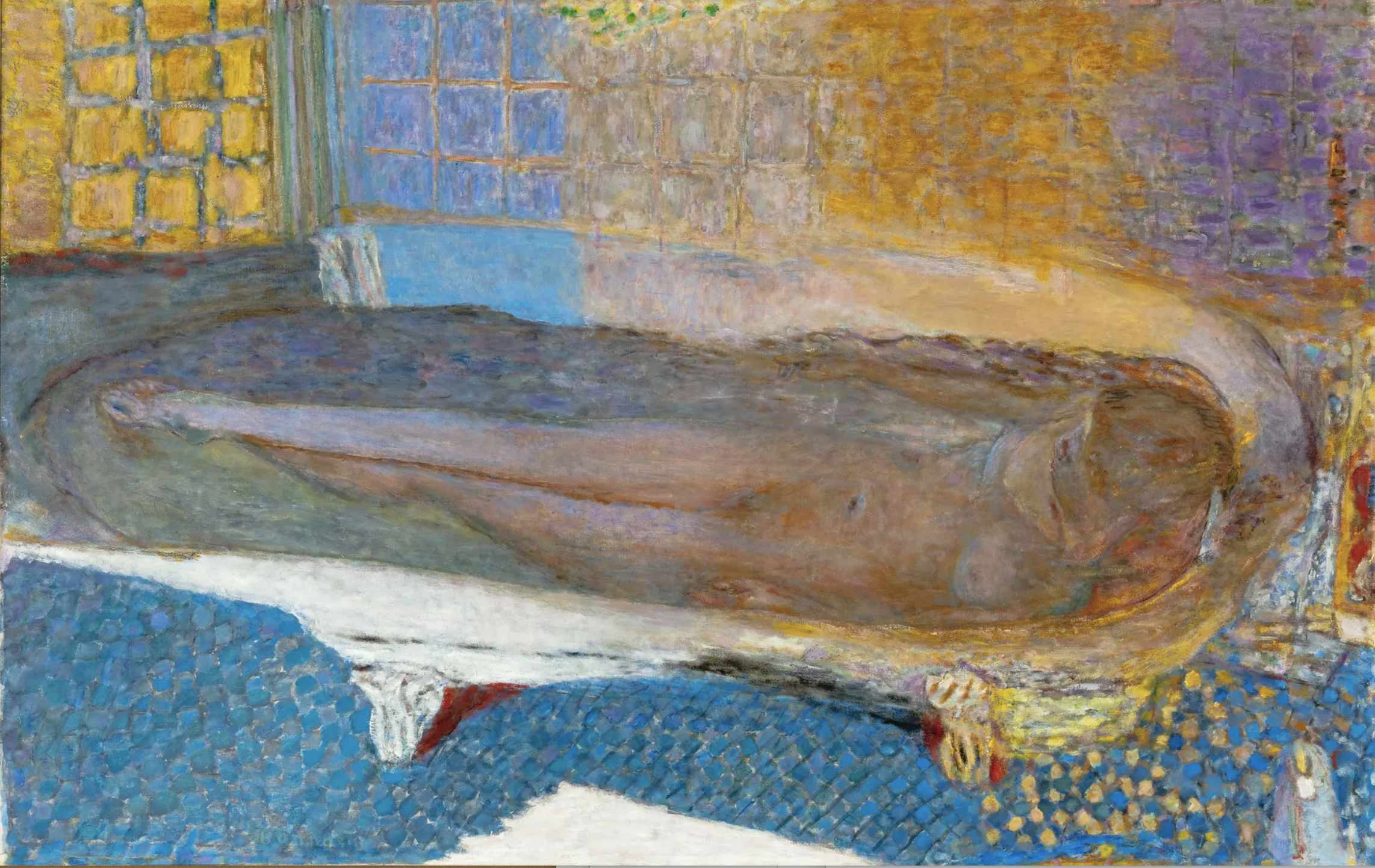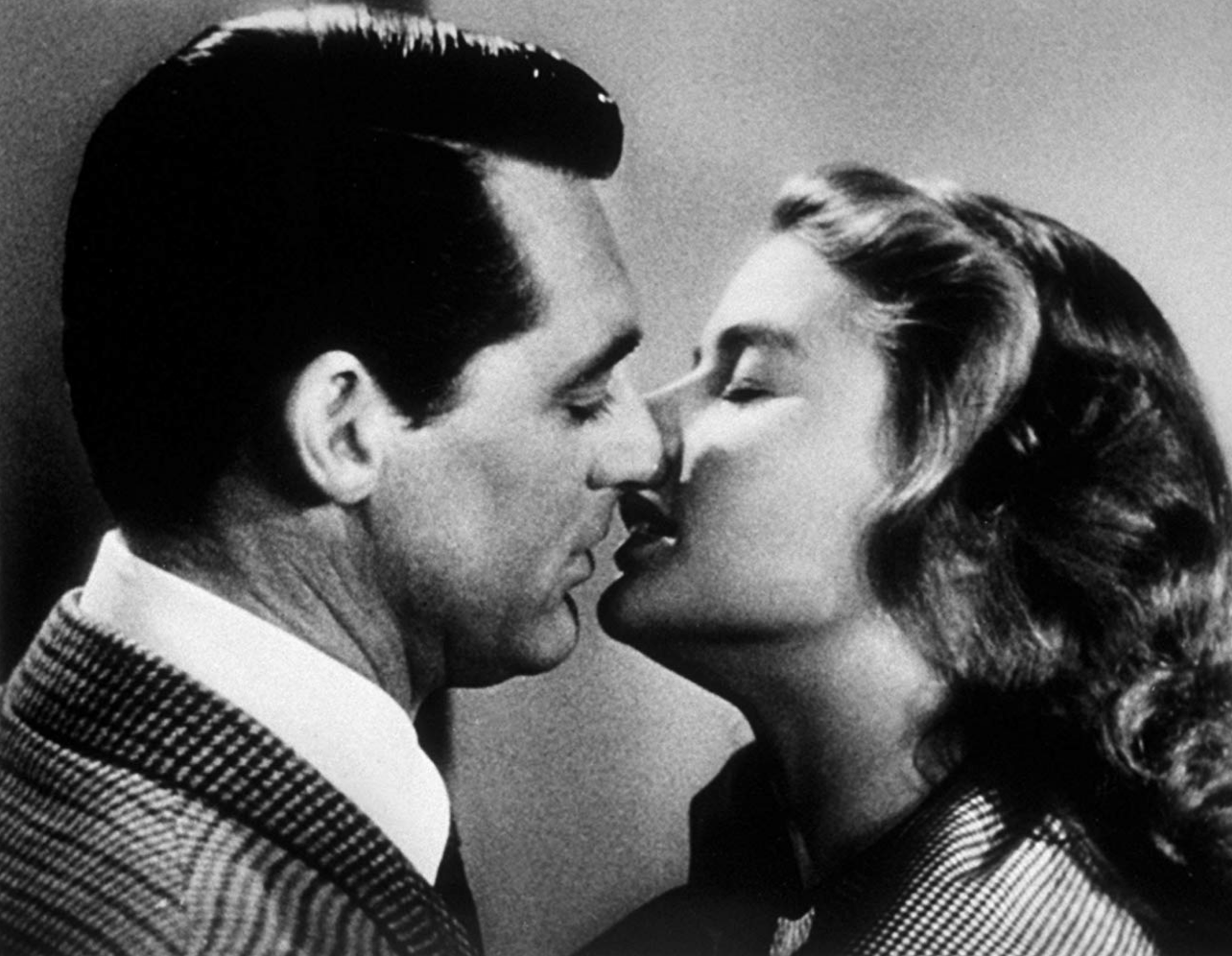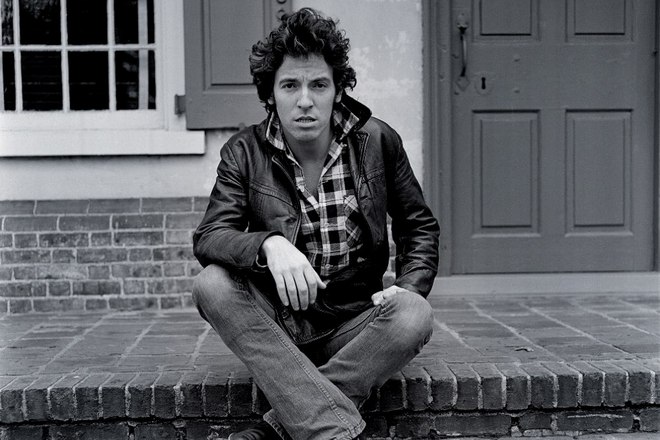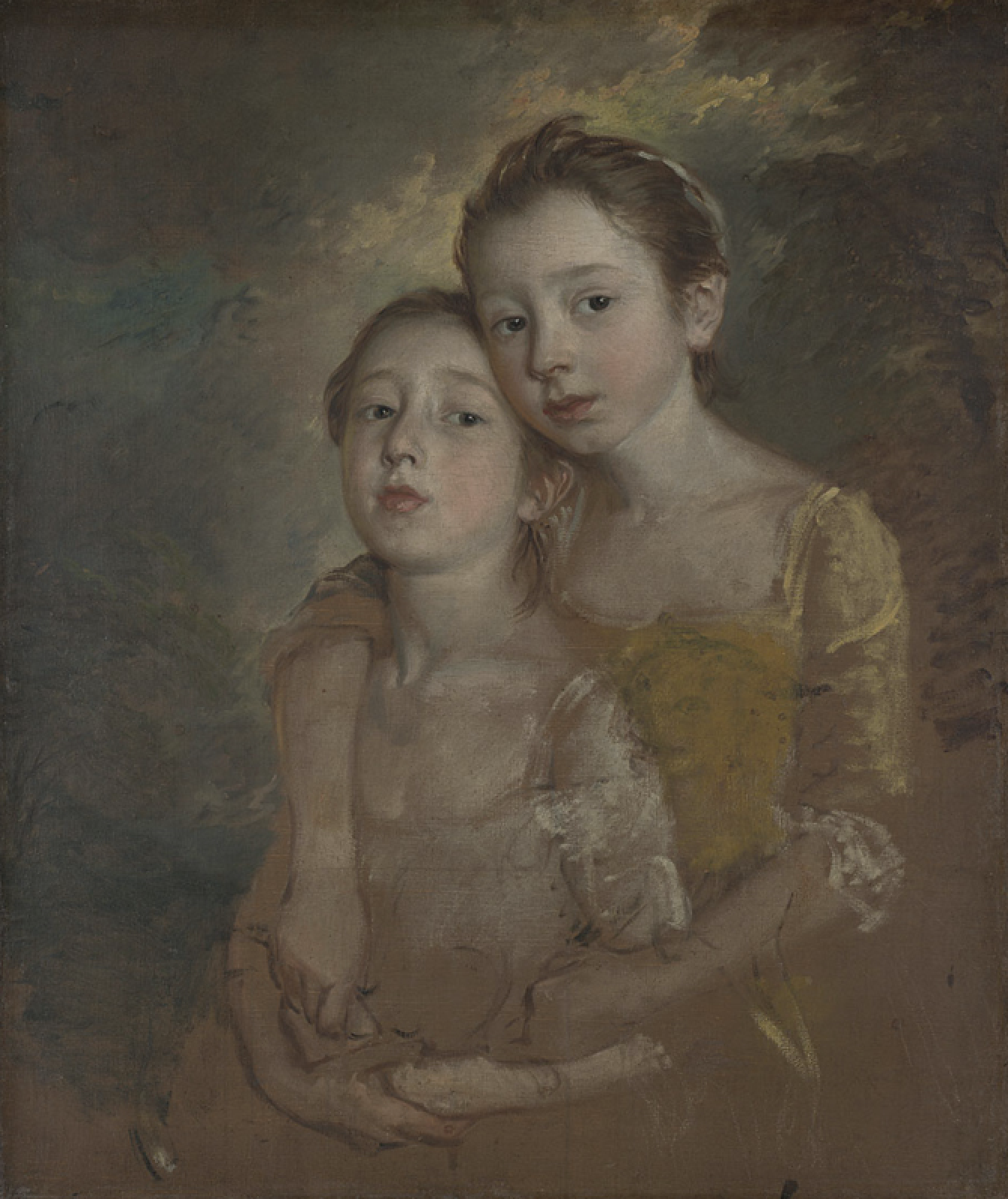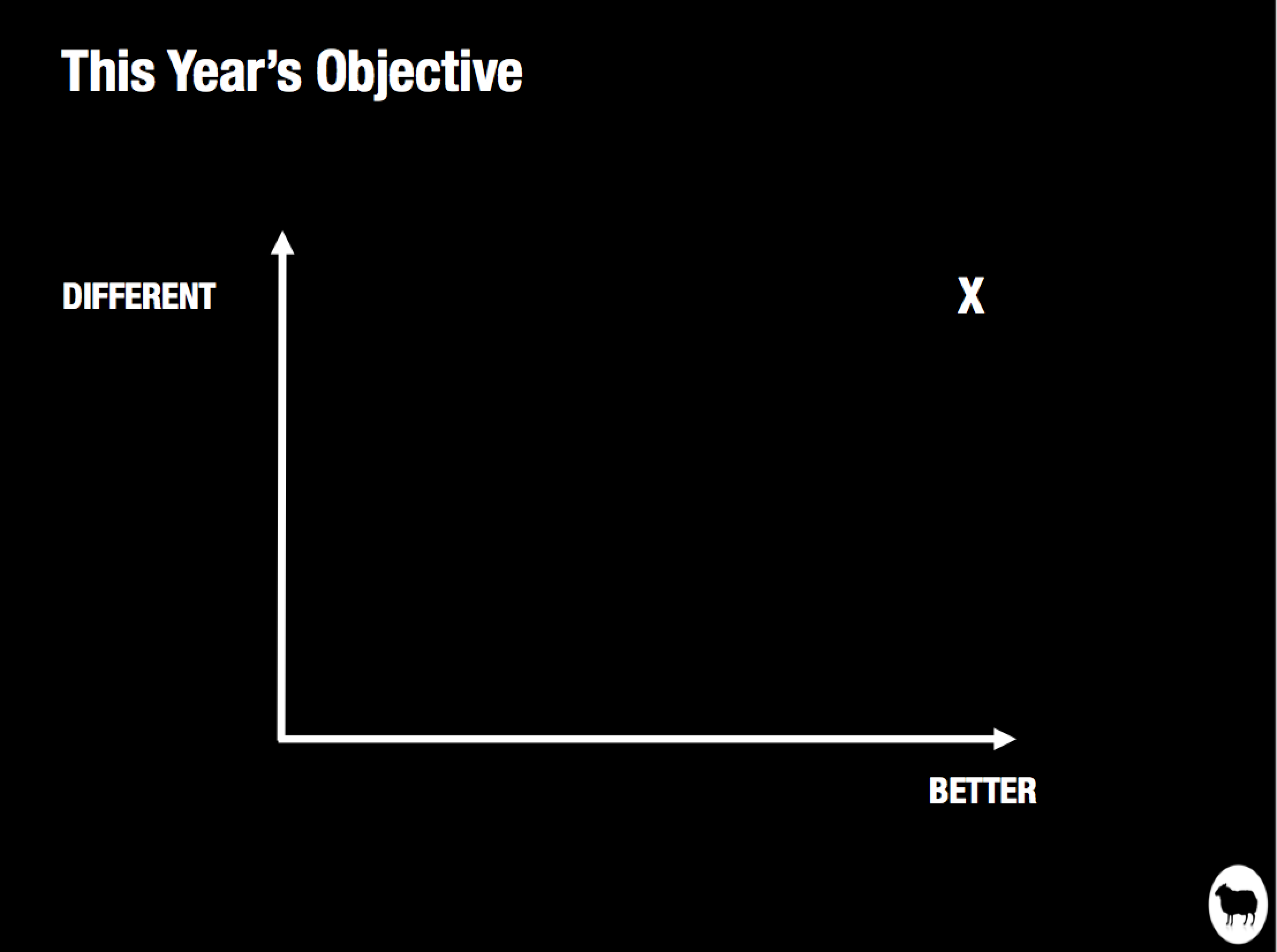Don McCullin: Photography as Feeling
Don McCullin The Guvnors in Their Sunday Suits
'Seeing, looking at what others cannot bear to see, is what my life is all about.'
Don McCullin
I recently attended an excellent retrospective at Tate Britain of the photographer Don McCullin (until 6 May).
Born in 1935, McCullin grew up in a two-room flat in Finsbury Park, an area that had been battered by war and poverty. His father died when he was 14 and he had to leave school to support his family. He bought his first camera when he was on National Service, and he took to photographing North London’s gangs, tearaways and immigrants. Some of his pictures were picked up by The Observer newspaper.
'I fell in love with photography accidentally – it chose me, I didn't choose it.'
In 1964 The Observer commissioned McCullin to cover the civil war in Cyprus.
A running man in a raglan coat, with a peaked cap and Stenn gun, casts a crisp shadow in the Limassol sun. Two dead men lie in a pool of blood on the cool tiled floor. A child grasps his despairing mother by the hand. The soles of four corpses look out at us from the back of a Land Rover. These are scenes of Biblical sadness.
Don McCullin ‘The Cyprus Civil War’
'Cyprus left me with the beginnings of a self-knowledge, and the beginning of what they call empathy. I found I was able to share other people’s emotional experiences, live with them silently, transmit them.'
Soon McCullin was off covering wars and civil strife all over the world for The Observer and The Sunday Times. The Congo, Biafra, Vietnam, Cambodia, Northern Ireland, Bangladesh, Beirut, Iraq, Ethiopia - the conflicts that dominated our news bulletins for over half a century. Unflinching, he examined pain, fear, cruelty, death and grief; he exposed the realities of war, the starvation, shell shock, looting and torture; the dark fruits of this bitter earth.
He worried that he was becoming addicted to hostilities.
'I used to chase wars like a drunk chasing a can of lager.’
But McCullin had a strong sense of moral obligation, of duty to report what he saw.
'You have to bear witness. You cannot just look away.'
Of course, continuous exposure to human suffering and inhuman cruelty came at a price. McCullin was troubled by doubts, haunted by nightmares.
'I am tired of guilt, tired of saying to myself: ‘I didn’t kill that man on that photograph, I didn’t starve that child.’'
Periodically McCullin took assignments in the UK. But even here his conscience drew him to ‘social wars’- to document the poverty, inequality and deprivation on our doorsteps. He observed the homeless in London’s East End; considered the effects of industrial decay in Bradford, Doncaster and Wigan; captured the harsh economic realities in Hartlepool, Liverpool and Sunderland.
Homeless men stand around the fire, sleep amid the litter. Heads down, eyes shot, faces grubby, hands knotted. Kids play in the rubble, unemployed men forage for coal, a courting couple take a drag on a cigarette. Parkas, prams and flat caps. Cold rooms and damp walls. England ‘laughing in the face of defeat’.
'Photography is the truth if it’s being handled by a truthful person.'
Don McCullin Gangs of Boys Escaping CS Gas Fired by British Soldiers
If you’re familiar with photographers, you’ll know that they like to discuss their equipment: lenses and light exposure, apertures and aspect ratios. I was quite struck by McCullin’s inclination to focus on human qualities.
‘The photographic equipment I take on an assignment is my head and my eyes and my heart. I could take the poorest equipment and I would still take the same photographs. They might not be as sharp, but they would certainly say the same thing.’
Indeed McCullin describes his craft as a matter of feeling rather than technical expertise.
'Photography for me is not looking, it's feeling. If you can't feel what you're looking at, then you're never going to get others to feel anything when they look at your pictures.'
There’s a lesson for us all here.
In creative professions we often hide behind the tools and technology; the gear and gadgets; the arcane language and expert jargon. But the best practitioners are often characterised by their humanity; their feeling for others; their empathy.
A recent BBC documentary (‘Don McCullin: Looking for England’) followed the photographer on a tour round his home country.
‘I’m never bored by trying to discover what makes me tick and this country tick.’
In Eastbourne he comes across a bunch of intrepid old folk in anoraks - watching a brass band play, eating sandwiches in the rain.
‘Terrible weather,’ says McCullin to one of them.
‘But the show must go on’, comes the reply.
This tickles McCullin. He can barely hold himself together. He wipes a tear from his eye.
'This bitter earth,
Well, what a fruit it bears.
What good is love,
That no one shares?
And if my life is like the dust,
That hides the glow of a rose.
What good am I?
Heaven only knows.
Oh, this bitter earth,
Yes, can it be so cold?
Today you're young,
Too soon you're old.
But while a voice
Within me cries,
I'm sure someone
May answer my call.
And this bitter earth
May not be so bitter after all.’
Dinah Washington, ‘This Bitter Earth’ (Clyde Lovern Otis)
No. 221




